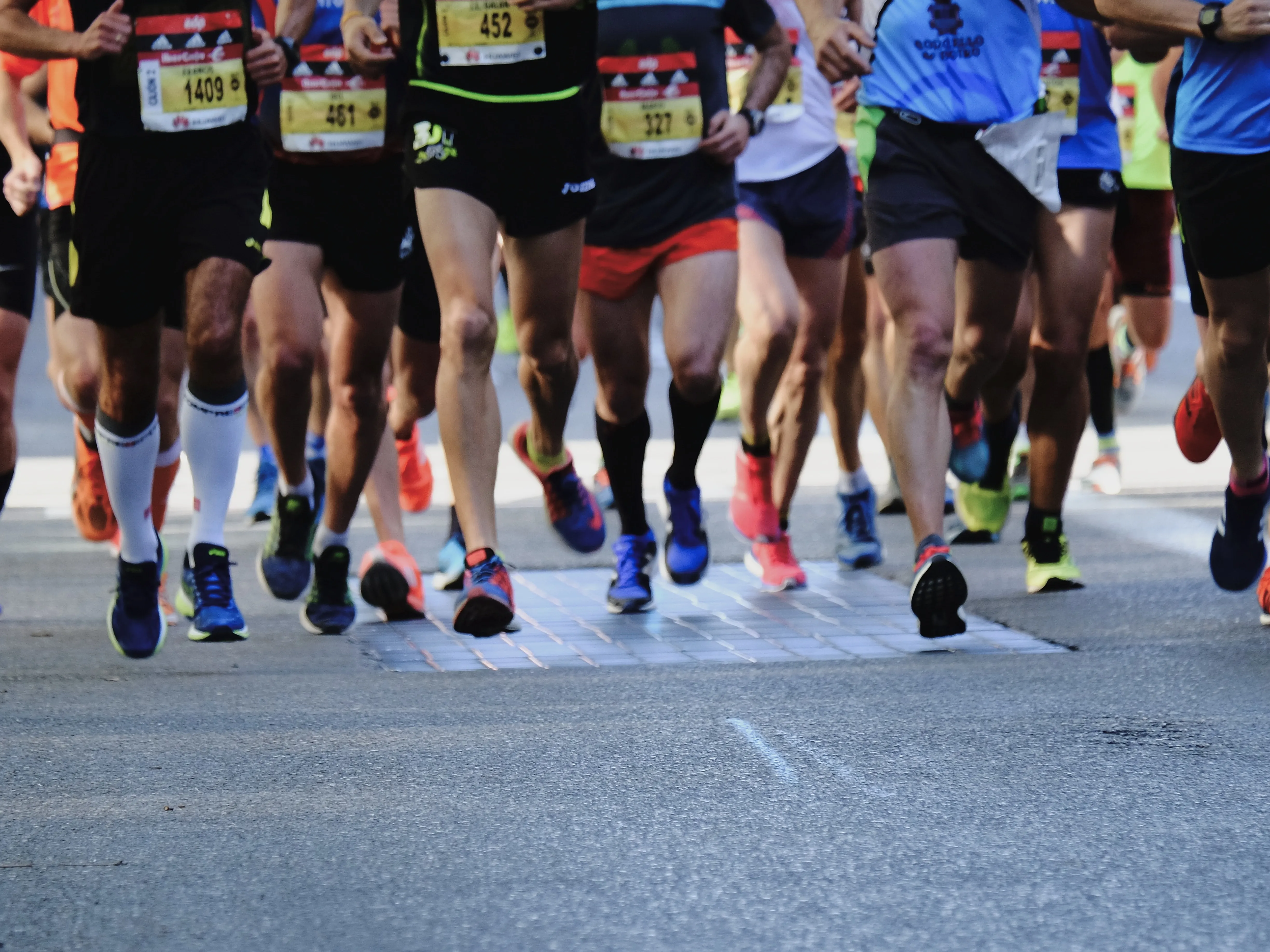
The running community, much like many other communities across the globe, has had to adapt to the ongoing pandemic and social distancing guidelines. One significant adaptation is the emergence of virtual races. Confirming that races could still take place, albeit virtually, provided runners with goals and kept the spirit of competition alive. But what does it mean to participate in a virtual race and how does it affect training, performance, and the community?

What is a Virtual Race?
A virtual race is an organised event where participants register and complete a certain distance within a specific timeframe. Unlike traditional races, these do not have a fixed location, meaning participants can run literally anywhere. Once completed, you then send proof of your run to the race organisers who provide you with your finishing time – and often a medal too!
Whilst the solitary nature of such races may not replicate the excitement and camaraderie of traditional races, it introduces new advantages. Runners have the luxury of choosing their routes, with no need to worry about travel, accommodation, or early start times.
Training for Virtual Races
When it comes to training for a virtual race, many of the same principles apply as for a traditional race. You need to gradually increase your mileage over time, include speed work and hill exercises, as well as prioritise recovery days and cross training.
However, there are also specific strategies that can help prepare for a virtual race specifically. One key difference is the lack of a race-specific course to train on. Without knowledge of what terrain and elevation to expect, runners must now train for all eventualities. It’s essential to mix in flat routes with hillier ones, and to run on a variety of surfaces.
Impact on Performance
Depending on the runner, virtual races can have either a positive or negative impact on performance. For those motivated by a crowd and the race day atmosphere, virtual races may be more challenging.
On the other hand, for those who feel nervous on race day, virtual races could be a boon. The opportunity to select your own route and run at a time that suits you could reduce anxiety, and in turn enhance performance.
Virtual races therefore shift the focus from external motivators, such as crowd support and competitors, to internal motivators, like discipline, self-talk and personal goals.
Building Community: Offline and Online
In the age of social distancing, virtual races are more than just an alternative to traditional races. They serve as a way to connect the running community in the absence of physical races.
Through sharing race experiences on social media, joining virtual training groups, and holding post-race conferences on video call platforms, runners can still foster a sense of community and camaraderie.

In Conclusion
The running community has always been resilient and adaptable, and the rise of virtual races is testament to this. While they may not completely substitute the experience and thrill of in-person races, they serve as a fantastic tool to keep us running, keep us connected, and keep the spirit of competition alive, especially in challenging times.
Happy running!





